The economic crisis in Lebanon has made fuel a scarce commodity, leading to blackouts across the country as the population adjusts to life without electricity. The large-scale energy crises which erupted last autumn on the markets of a series of large world economies rapidly turned into a world-wide crisis on the basis of the domino effect influencing major sectors of the economy and industry The cost of hydrocarbons in Lebanon has now roughly tripled in the two months since the central bank started decreasing its support for imports.
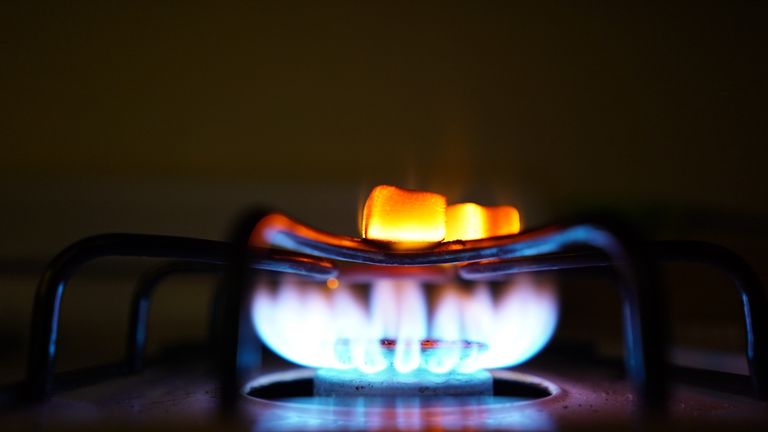
The energy crises experienced by different countries have identical roots. The consequences of the “turbulence” on markets extended far beyond those regions where they first occurred. This economic crisis erupted in 2019 as the result of corruption, mismanagement, and sustained policy inaction. Lebanese fuel prices have soared by up to 70 percent after yet another subsidy cut, official figures showed, heaping more pressure on people struggling to make ends meet in the cash-strapped country. In the first instance, demand exceeds supply against a background of a recovering economy after the pandemic – as well as attempts to limit the financing of projects involving traditional energy sources and, as a consequence, reduced production capacity. As a result, gas and coal prices on world markets in the second half of last year rose several times over.

According to the World Bank, the crisis has become one of the three most severe economic catastrophes since 1850, with Lebanon’s currency sinking 90%. The lack of power also has had unprecedented implications for human security.Dire shortages have seen Lebanon's people struggle to find enough fuel to drive to work or power back-up generators during near round-the-clock electricity cuts. Imported fuel reserves have dried up, paralyzing life in Lebanon. To power the country, “Lebanon needs around 3600 megawatts,” said Diana Kaissy, a board member of the Lebanese Oil and Gas Initiative and energy governance expert. Motorists have become caught up in long lines outside the petrol stations that have remained open. With this output, state electrical company Electricité du Liban is only able to produce approximately two hours’ worth of energy per day, with electricity being totally shut off in some parts of the country.
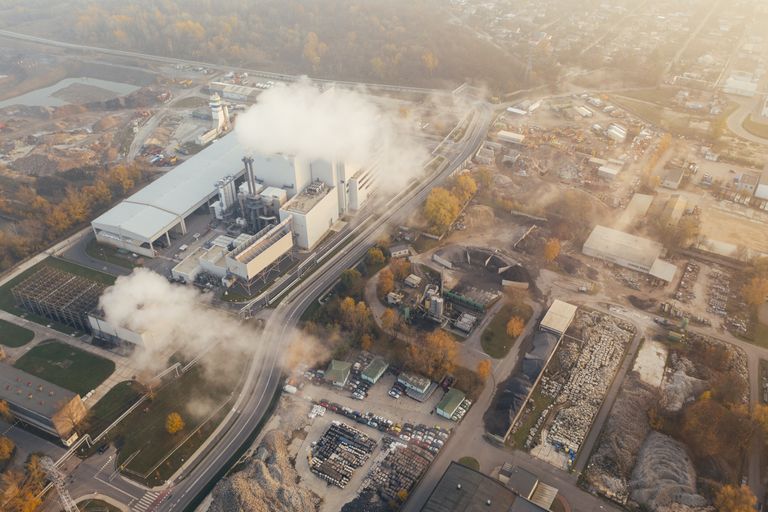
Privately run diesel generators are left to cover the remaining 22 hours. The refusal of many petrol stations to sell what they do have saw the army deploy this month to seize hoarded fuel and distribute it to the needy. Europe was the epicentre of the energy crisis.
Output in these countries totalled 94.6 bcm, in 2018, it stood at 88.4 bcm and in 2020 the figure was 78.4 bcm. Regardless, the policy of closing down gas fields remains in force. The energy shortage has had devastating consequences for the healthcare sector. Suleiman Haroun, head of the private hospitals union, said, “Hospitals are going day by day, very few have enough [power] for 2 or 3 days.” Frustrations have boiled over in recent weeks, with scuffles repeatedly breaking out over scarce fuel, leaving at least three people dead. The American University of Beirut Medical Center added that it was “facing imminent disaster due to the threat of a forced shutdown” starting on Monday morning.

And if shutdowns become a reality, “forty adult patients and fifteen children living on respirators will die immediately.” These are the short-term effects of Lebanon’s energy crisis: hospital and business closure, water shortages, and food insecurity as people are unable to use refrigerators. Hospital patients are not the only ones facing a bleak outlook. “We have only one hour of electricity a day, and six hours of generator cuts a day, so I don’t have anything in my fridge because I can’t stock food,” says Patricia Khoder, communications and media manager at CARE Lebanon.

“I can no longer bear to go to the supermarket because I cannot see people crying because they can’t buy food.” These are the short-term effects of Lebanon’s energy crisis: hospital and business closure, water shortages, and food insecurity as people are unable to use refrigerators. In recent years, Europe has thrown its weight behind alternative energy sources. But last year, light winds persisted in the North Sea and that substantially reduced output from wind farms. For instance, in 2021 in Denmark, the energy output from wind farms amounted to about 75 % of normal levels –in September that figure was reduced to 50 %. And the advent of autumn also, as expected, reduced generating volumes from solar power stations. This inability to reconstruct and rebuild poses an acute threat to Lebanon in the wake of the Beirut Port Explosion, which affected 163 public and private schools and rendered half of the city’s healthcare system non-functional, in addition to damaging the port itself, which previously handled 70% of the country’s imports. Third, the power failure will drive up wealth inequality.
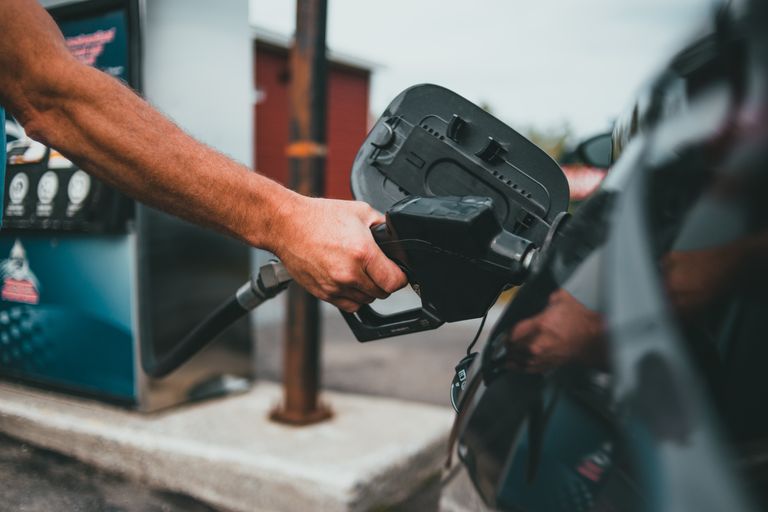
Experts have noted that wind speeds over the North Atlantic have been in decline for 40 years and, more Importantly, that trend is continuing. By 2100, wind speeds will fall by 10 %. That casts into uncertainty prospects for expanding wind generation. And given the current outlook, it is clear that previous output levels in Europe will not be achieved in the foreseeable future.
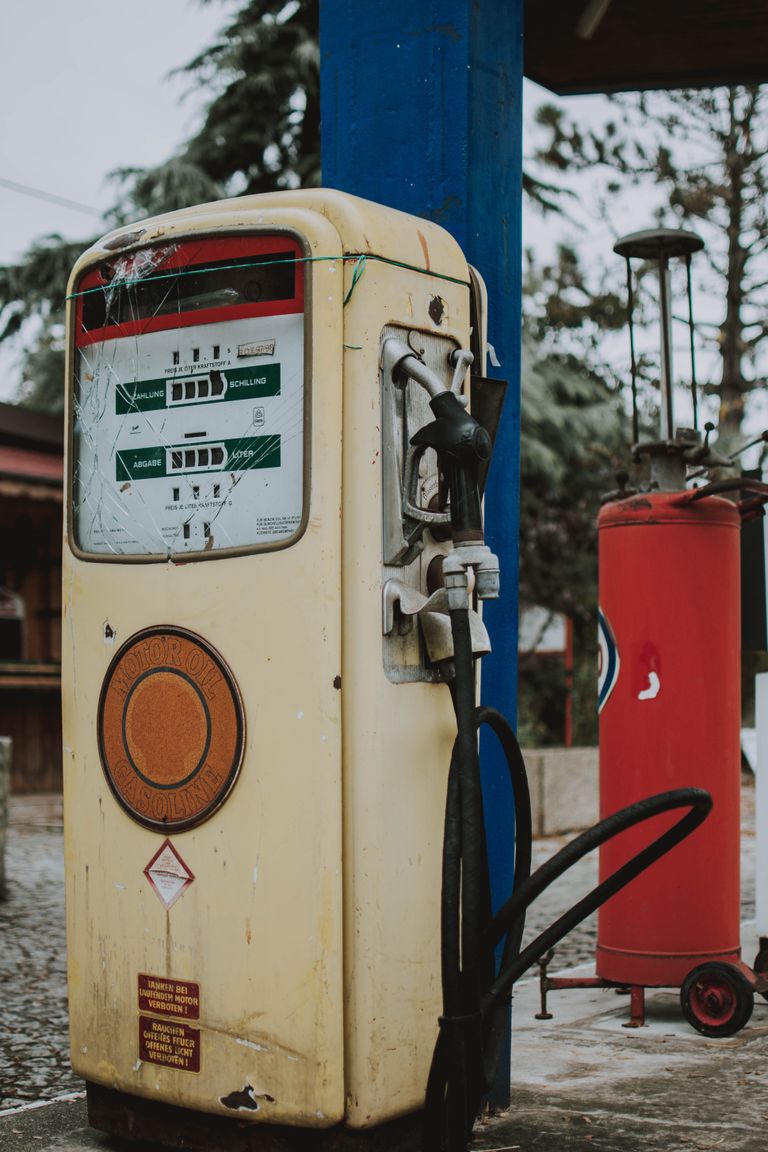
As per the current proposal, this gas would travel to a power plant in northern Lebanon to generate approximately 450 megawatts of power. This constitutes a significant increase in Lebanon’s capacity, but is still unable to meet demand. The U.S.A. has backed a proposition to pump Egyptian gas through Syria and Jordan to Lebanon to ease the crisis. This proposal is not unprecedented. Indeed, according to Kaissy, “It’s not a new idea. From 2009 to 2010, gas was being pumped through Egypt to Jordan and through Syria to Lebanon.”
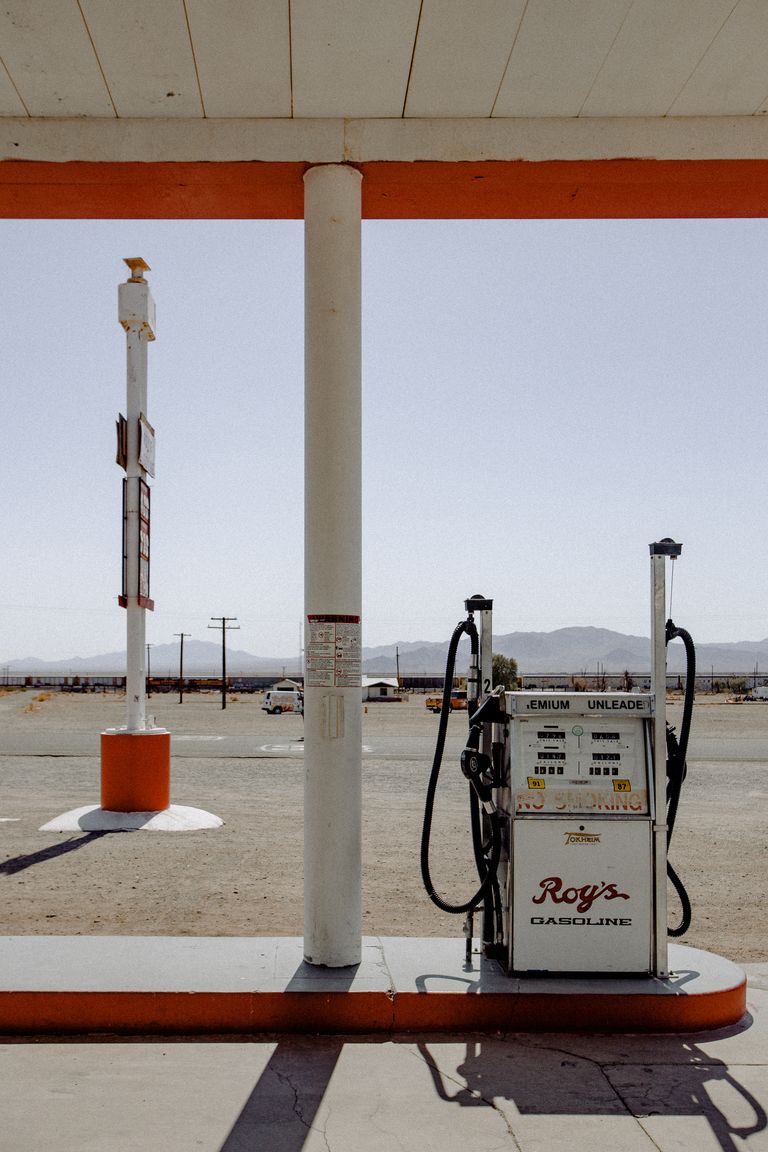
What gave a jolt to the circumstances leading to the European energy crisis was the recovery of industrial production, and last year’s cold winter and hot summer requiring additional energy supplies. The result was a shortage of energy resources. A considerable role here was played specifically by the determined abandonment of hundreds of coal and gas-fired power stations and also nuclear power generation – without replacing them with alternative generating sources.
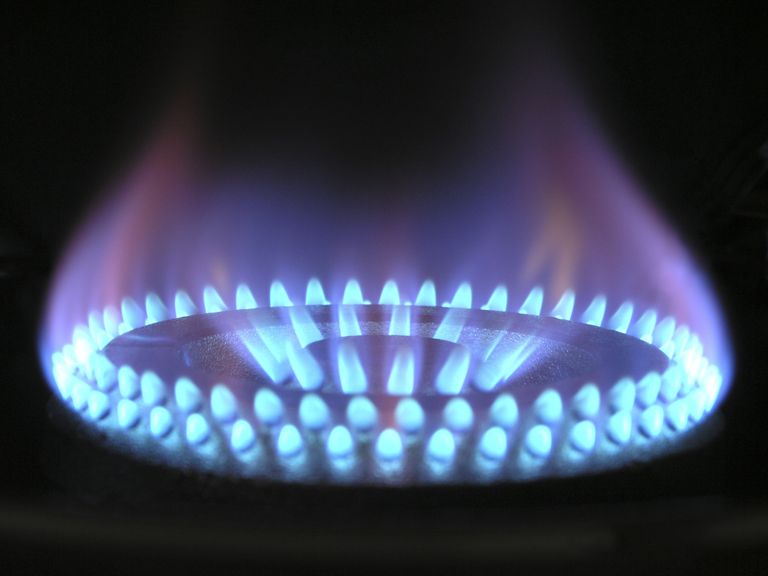
Excess energy generated by these households can then be harnessed in a buyback program, which should be run through an energy company.
Hezbollah, which the United States has designated a terrorist organization, has offered a different solution. The group’s leader, Hassan Nasralla, has strongly supported a plan to import energy from Iran. However, pursuing this solution would place Lebanon in violation of the US sanctions on Iranian energy exports. This structure acknowledges local concerns about government corruption while incorporating the resources necessary to account for the program’s complex logistics.
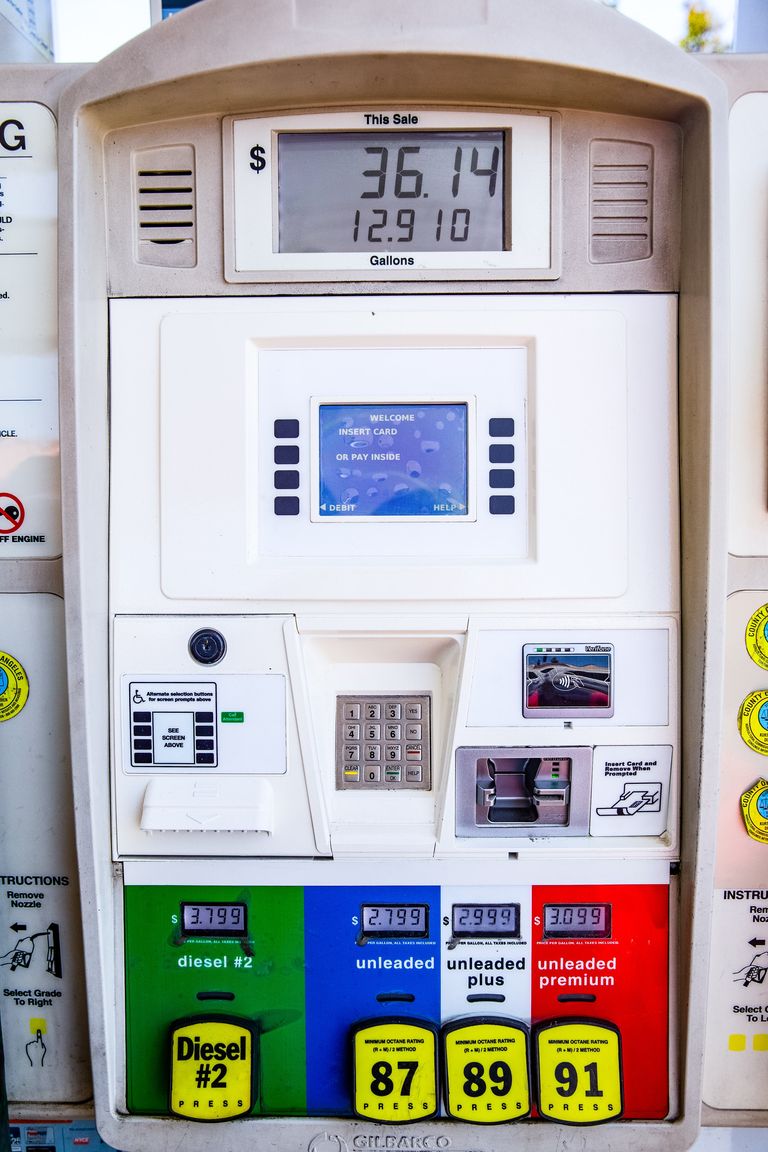
A myriad of complications also accompanies the proposal. The pipeline which would carry the gas has suffered sabotage and high levels of damage during the Syrian war. However, while this plan may constitute part of an immediate solution, it ultimately caters more to elite interests. Many middle- and lower-income households cannot afford solar energy themselves. According to BP’s Statistical Review of World Energy 2016, based on the current rate of consumption, Earth has approximately 115 years of coal production, and about 50 years of oil and natural gas production, remaining.
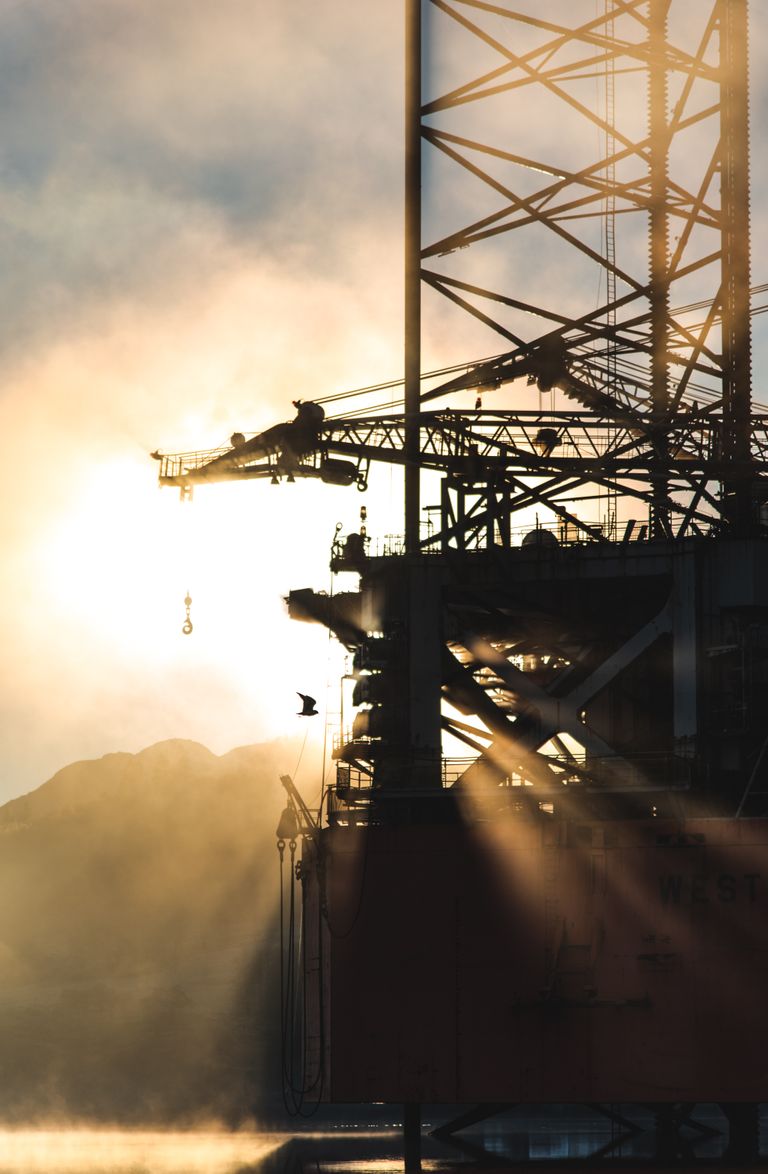
To rectify this disparity, humanitarian agencies, foreign direct investment, and government programs should consider making investment in solar energy a primary concern. However, the distribution of fossil fuels is uneven across the world, meaning that some countries will run out before others. Doing so would meet the population’s short-term needs whilst bolstering Lebanon’s capacity. (It must also be noted that this is a static measure, which does not necessarily account for population increase or development projects which may lead to increased fuel consumption.) There are no easy solutions to Lebanon’s fuel crisis.
Ultimately, Lebanon’s energy crisis should be addressed with an integrated model, incorporating development thinking into relief strategies to build the country’s results.

Just before the record jump in gas prices, stocks in European storage areas totalled 76 % of capacity – 14 percentage points lower than the average level over the previous five years. And at that moment, several countries moved from storing gas to extracting it. Gas levels in storage areas therefore began to fall. In October, the average level stood at 77 %, in November it was 73 % and in December, 61 % — figures ranging from 14 to 17 percentage points lower than the five-year average levels.
It is a complex emergency – one which paints a dangerous picture of what will happen to all of us when fossil fuels run out. Evidently, we are not doing enough to prepare.
There are no easy solutions to Lebanon’s fuel crisis.